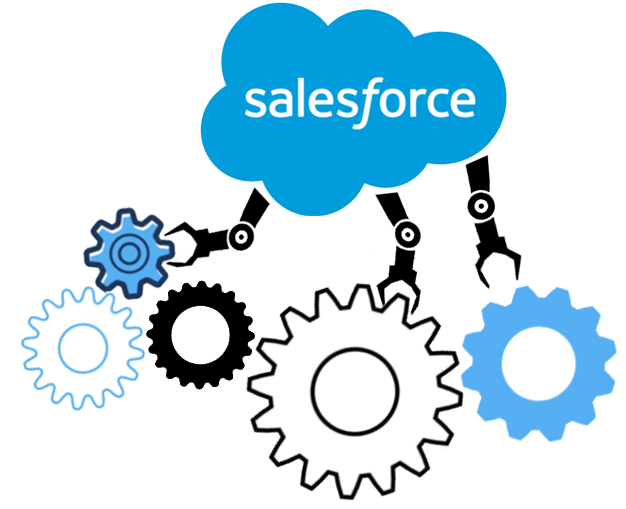Salesforce data types can be broadly classified into two categories, namely primitive data types and complex data types. The primitive data type mainly includes Boolean, Integer, Double, Long, Date, Date time, Decimal, String, and ID. On the other hand, complex Salesforce data types include Address, Location, Geolocation Address, and Currency.
When it comes to transformation in Salesforce data types, the process involves converting the existing data from one format to another. This is done so that the data can be used for various purposes such as analysis or further processing. More of this can be learned from the Salesforce Training. There are various methods of transformation that can be employed depending on the requirement. Some of the commonly used methods include normalization, aggregation, filtering, and sorting.
Table of Contents
Salesforce Data Types:
- Boolean: A Boolean data type represents a true or false value. It can be used to track whether a certain condition is met or not.
- Integer: An integer data type represents a whole number. It can be used to track counts or to perform mathematical operations.
- Double: A double data type represents a real number. It can be used to track decimal values or to perform mathematical operations.
- Long: A long data type represents an integer value that is too large to be represented by an integer data type. It can be used to track very large numbers.
- Date: A date data type represents a date value. It can be used to track dates or to perform date operations.
- Date time: A date time data type represents a date and time value. It can be used to track dates and times or to perform date and time operations.
- Decimal: A decimal data type represents a real number with a fixed number of decimal places. It can be used to track monetary values or to perform precise mathematical operations.
- String: A string data type represents a sequence of characters. It can be used to track text values or to perform text operations.
- ID: An ID data type represents a unique identifier for a Salesforce record. It can be used to track the identity of a record or to reference a record in Apex code.
Complex Salesforce Data Types:
- Address: An address data type represents a street address. It can be used to track the location of a person or an organization.
- Location: A location data type represents a specific geographic location. It can be used to track the position of a person or an object in relation to other objects.
- GeolocationAddress: A geolocation address data type represents an address that includes latitude and longitude coordinates. It can be used to track the precise location of a person or an object.
- Currency: A currency data type represents a monetary value. It can be used to track prices or to perform financial operations.
Transformation Data Types:
- Normalization: Normalization is the process of converting data into a standard format. This is done so that the data can be easily processed and analyzed.
- Aggregation: Aggregation is the process of combining data from multiple sources into a single value. This is done so that the data can be easily summarized and analyzed.
- Filtering: Filtering is the process of removing data that is not needed or relevant. This is done so that the data can be more focused and relevant.
- Sorting: Sorting is the process of arranging data in a specific order. This is done so that the data can be easily found and accessed.
FAQs:
1. What is the difference between a Boolean and an Integer data type?
A Boolean data type can only represent a true or false value, while an Integer data type can represent any whole number.
2. What is the difference between a Double and a Decimal data type?
A Double data type represents a real number with double precision, while a Decimal data type represents a real number with a fixed number of decimal places.
3. What is the difference between a Date and a Date time data type?
A Date data type represents a date value, while a Date time data type represents a date and time value.
Conclusion:
In this article, we have learned about the different data types that are available in Salesforce. We have also learned about the uses and differences of each data type. We hope that this information will be helpful to you in your Salesforce development projects.

